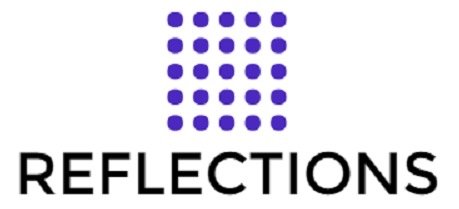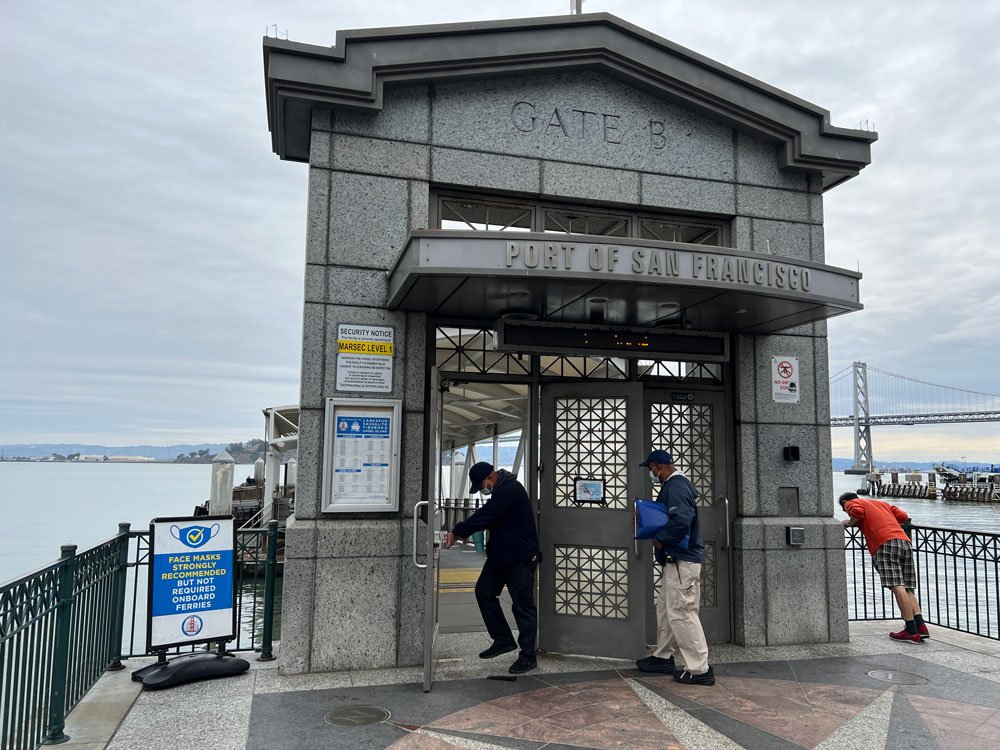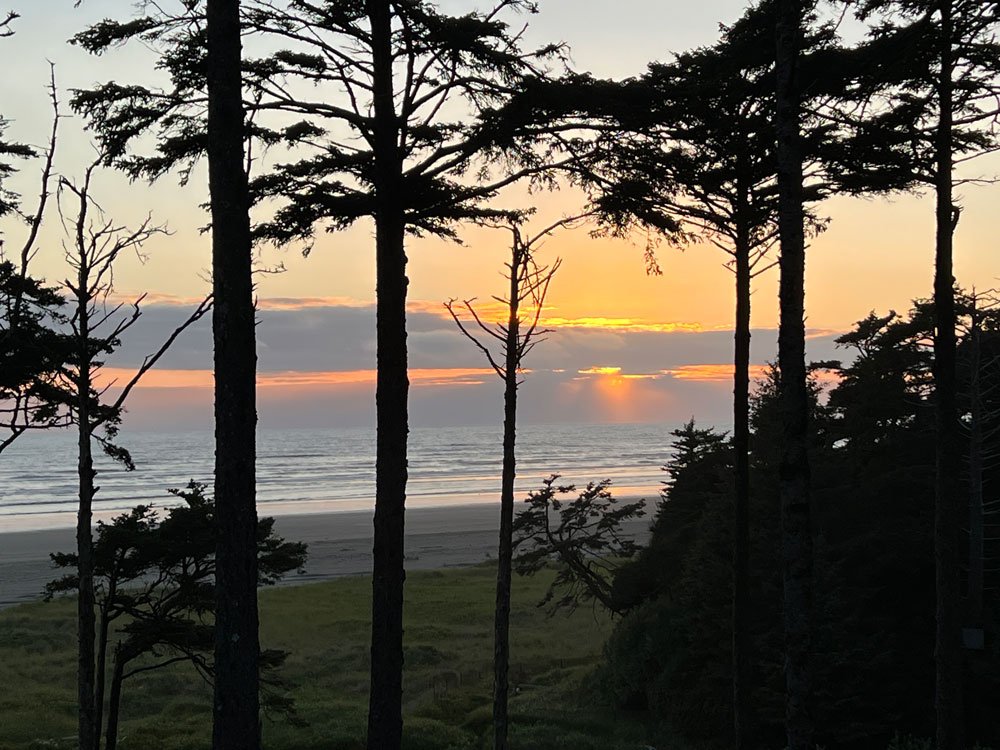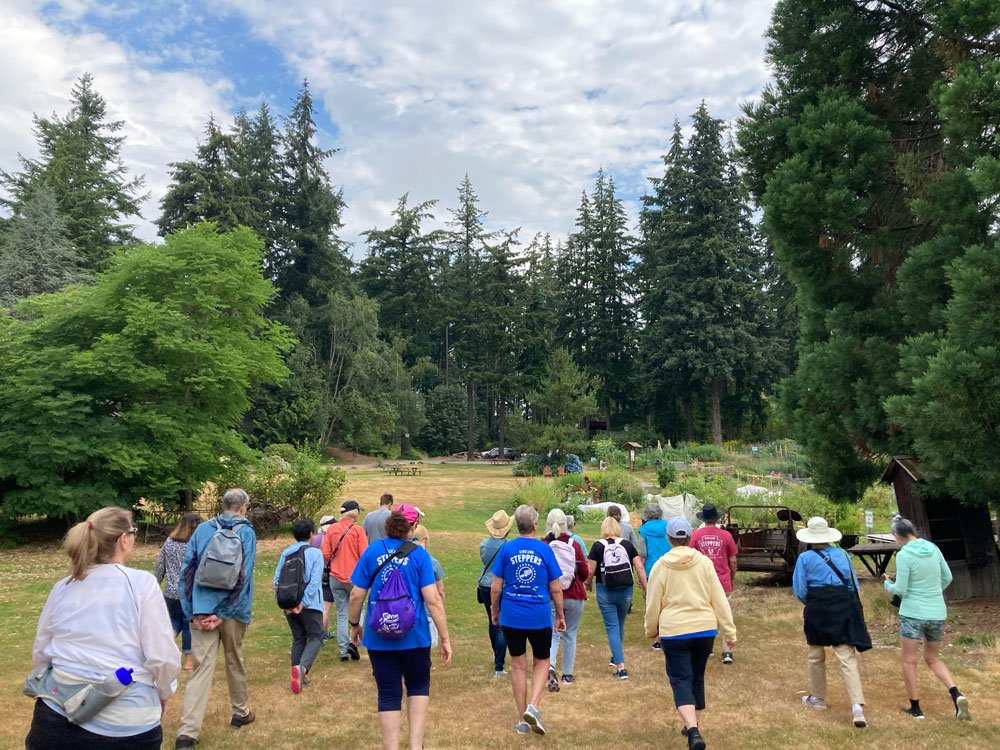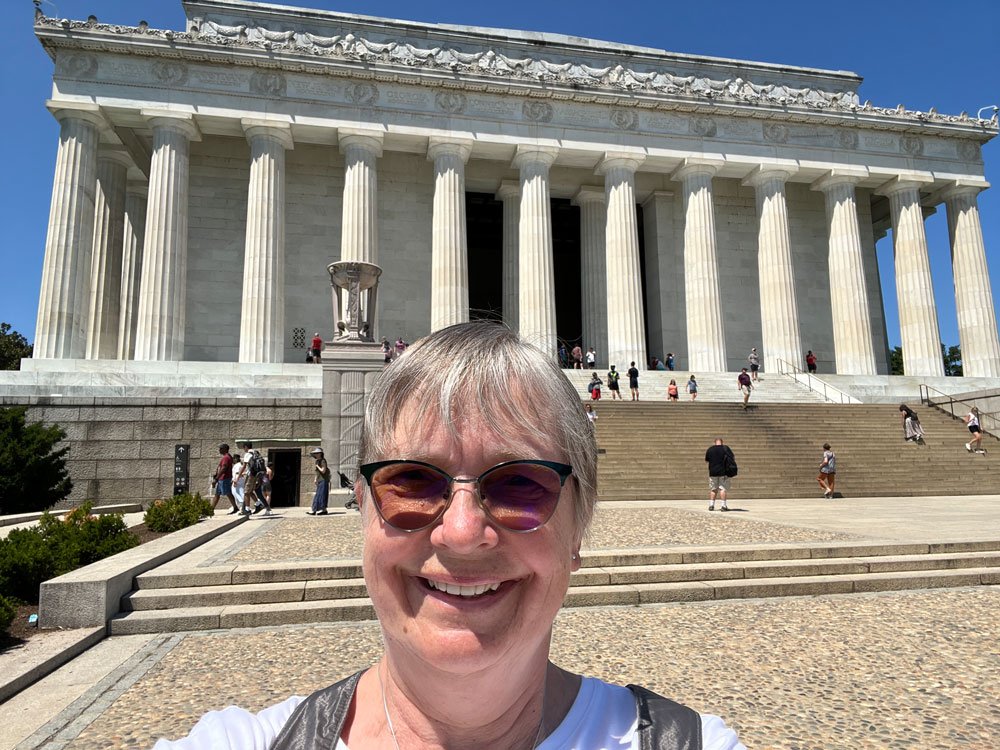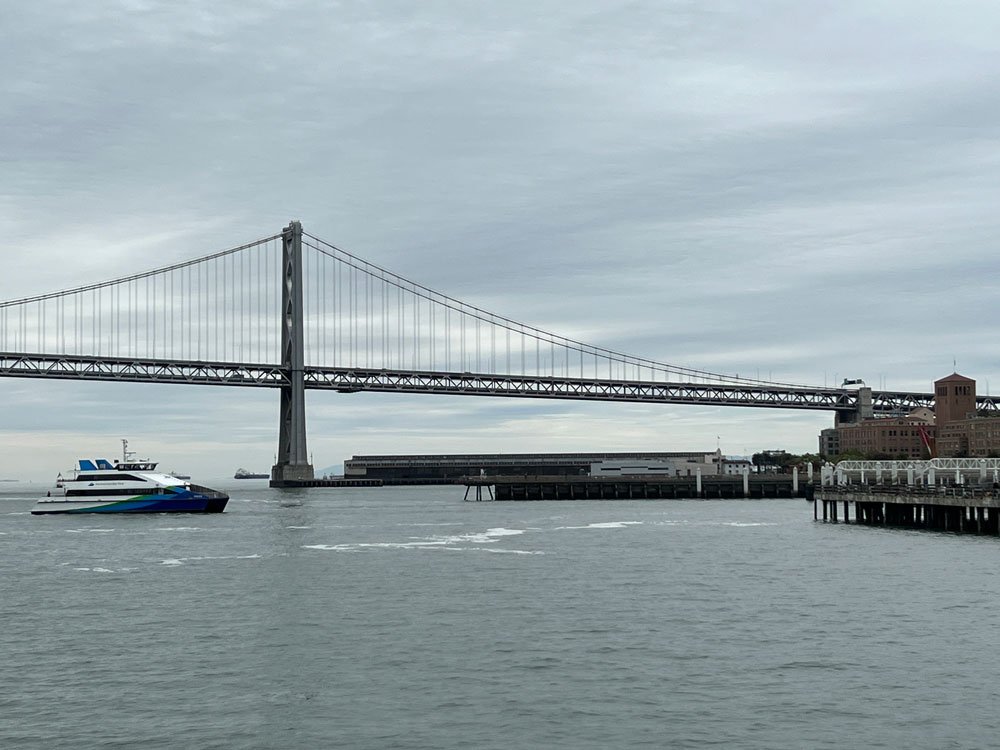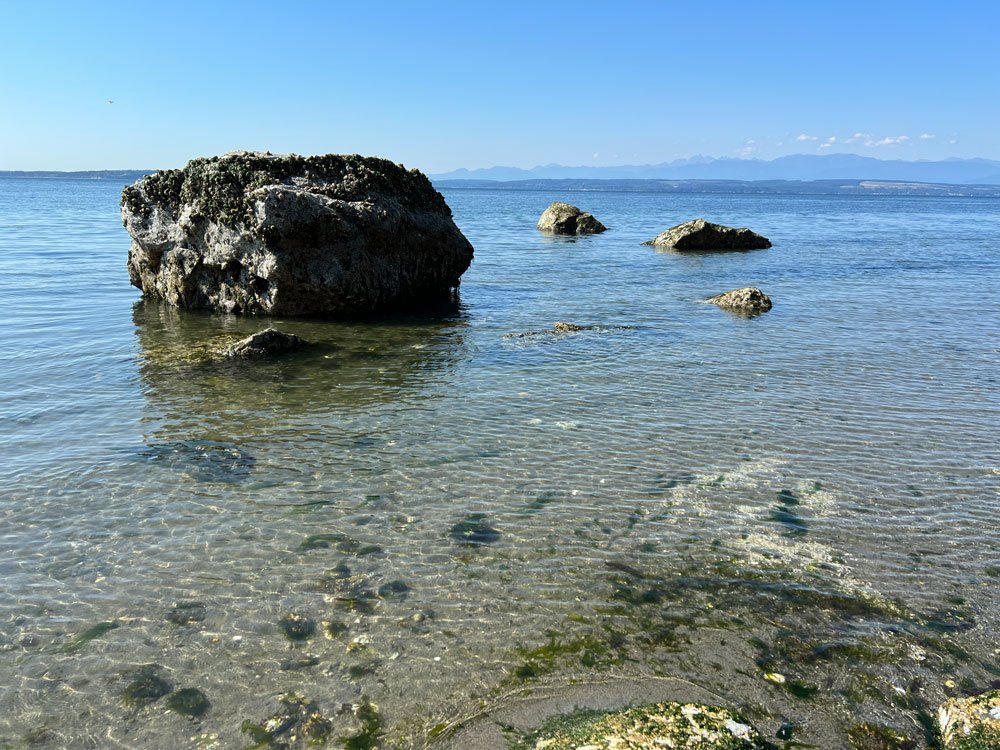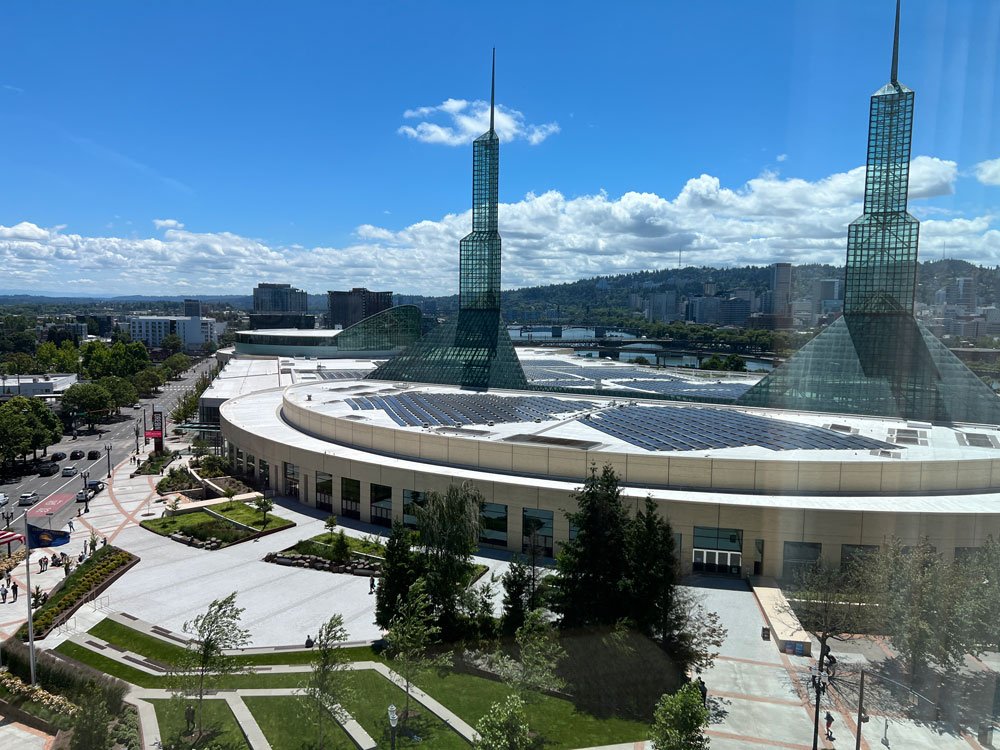Travel in Year 3 of COVID Times
Travel in Year 3 of COVID Times
Are we done with COVID restrictions? Lots of people seem to think so. I’ve traveled to many destinations around the country during the last year. Each trip has been accompanied by anxiety about whether I should be traveling at all, what restrictions and testing requirements I might run into, and the fear of getting stuck somewhere with COVID symptoms and a need to isolate in an unfamiliar location. Masking and social distancing have lessened as time has gone by, depending on the location. Medical facilities still require masking but that’s the only mandatory masking I’ve run into in recent months, other than some theater and church activities, especially those that involve singing.
Cancelled flights and tours have been a continuing concern, sometimes because of cancellations by ticketholders or tour groups, but also because employees are taking time off due to their own illness, or isolating due to exposure to another who has a positive test result. Some staff shortages are created by lack of childcare, unwillingness of employees to leave their “work from home” lifestyle, and employees deciding that COVID provides a good reason to change to a less demanding job or to retire early. I recently met a kindergarten teacher who took early retirement after burn-out in a job she held for decades and once loved.
My recent travel has been to see young grandchildren, to complete tours planned in pre-COVID times, and short get-aways to nearby locations, which were taken as an antidote to the claustrophobia that develops after too much time spent at home. So far, my trips have all been successful from the standpoint of no unusual delays and returning home healthy. I have tried hard to consistently wear high quality masks indoors, even when not required. However, I’m slow to return to past habits. Each activity is viewed through a lens of weighing risks against what I hope to gain.
My friends have raised additional issues. Grandparents sometimes fear that their grandchildren will not know them if they stay away too long. The accompanying concern is that they don’t know how long their health will allow them to travel. COVID interrupted an active travel schedule for many retirees, creating a desire to make up for lost time by traveling even more frequently than in the past. Fears about aging, and the declining health that may accompany it, are supplemented by fear that a new or worsened pandemic could come along at any time. In other words, some people feel an urgent need to travel as much as possible now, because any delay may mean that a new crisis will make future travel riskier or even impossible.
How do we weigh these risks? Except when laws and regulations dictate what we do, we each need to weigh the benefits and risks. The burden of COVID travel isn’t just when the trip is underway. Some of us quarantine for a couple weeks before traveling to minimize our exposure to anything that might make us sick. Similarly, we may quarantine for a couple weeks after coming home to ensure ourselves and our families that we have not picked up an illness while traveling that we could pass on to others. Is it worth it?
My husband and I have a cupboard full of test kits, but when we should use them is not clear. We will test if we have COVID symptoms or if we’ve been exposed to COVID, but how many additional times should we swab our noses? We’ve twice been instructed to test before heading off on a trip. At one conference we attended, some participants were required to undergo testing on the third day of the event. At another conference, we were urged to test ourselves 5 days after returning home, to help the organizers know if their COVID precautions were effective. None of the conferences we’ve attended has turned into a super-spreader event. Two small conferences (about 100 people) had zero COVID cases and two large conferences, with over 1000 attendees, had only a handful of positive tests.
It seems that most people have not resumed their past habits of using public transportation. I was anxious about that also, but we needed to have a way to get around during our travels and used BART and Lyft rides in San Francisco without incident. On my trip to Annapolis and D.C. I used the train to travel between my hotel and museums and the airport. I also took a bus tour of the city. Trains were needed to get around airport facilities. In all these cases, masking up was my routine, but others felt differently and I learned to accept that.
Theater and other performances have long been part of my recreational activities. It saddened me when COVID shut down shows I had planned to attend. I was disappointed for myself but also concerned about the well-being of the theater organizations, their staff, and performers. I found myself making generous donations to those organizations, partly out of fear they might not survive the pandemic. When performances resumed, I was still anxious about COVID but also committed to doing what I could to help the theater groups resume more normal activities. My theater subscriptions motivated me to return to taking the bus, using King County’s light rail system, and taking Seattle’s Monorail. I found a group of kindred theater fans as companions and we have now successfully attended several shows, always masking up while on public transportation despite it no longer being a requirement. So far, the theaters I attend are still requiring masks and proof of vaccination. I don’t know how much longer that will be the case, but I appreciate the precautions they are taking and understand the serious consequences for the creative arts field when shows must be shut down for pandemic-related reasons.
I’ve heard that worry about COVID may be with us for years into the future. We can’t put important parts of our lives on hold indefinitely waiting for all traces of the pandemic to be gone. It’s on each of us to balance our personal needs and fears against the rewards that accompany what once were normal activities. I count on most other people to act responsibly, taking the needs of others and the community into account as we move into the future. We are all in this together.
Clues to photos:
San Francisco Ferry, Waverly Park in Kirkland, Annapolis, MLK Memorial
Seabrook, Juanita Bay in Kirkland, Annapolis Church, Annapolis Harbor
African American Museum in DC, Steppers Walk in Kirkland, Lincoln Memorial, San Francisco
Mutiny Bay - Whidbey Island, Mutiny Bay, Mariners Game in Seattle, Portland Convention Center
